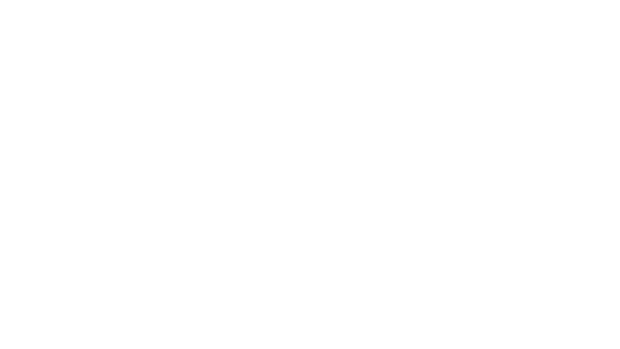Cambridge University FA rules football hall of fame honour
- Published
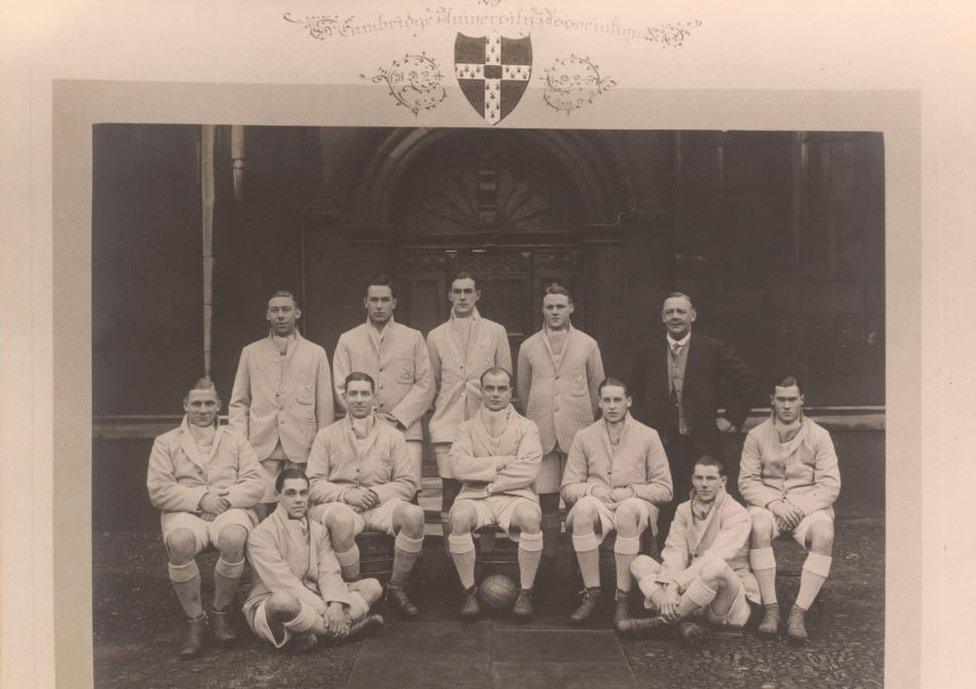
Members of Cambridge University Association Football Club (CUAFC) pictured in 1924
Cambridge University Football Club has been recognised in the Football Hall of Fame for its role in developing the game's official rules.
The club, formed in 1856, created a set of 10 laws known as "Cambridge Rules".
These helped formalise the game and "elements" of them appear in the Football Association (FA) rules drawn up in 1863, the FA said.
The university said the National Football Museum award, external recognised its "pivotal role" in football history.
Before club members drew up their original rules, players around the country posted up makeshift versions at playing fields and agreed to stick to them before the game began.
This often resulted in unruly games, widespread disagreements and frequent brawls.
Cambridge University Football Club's founders Henry De Winton and John Charles Thring are believed to have formed the club in 1846 but the first official record of its name and rules date from 1856.
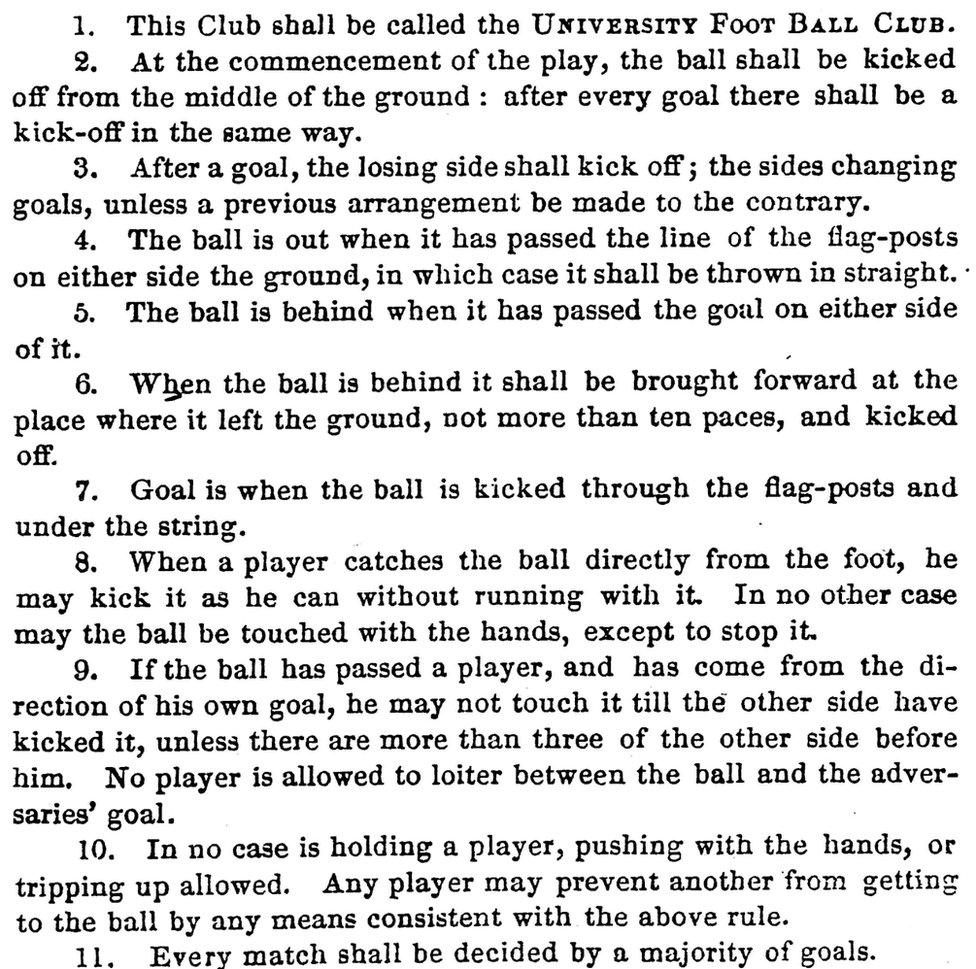
Some of the club's 10 rules will appear strange to the modern football follower
Dr John Little, president of the modern-day Cambridge University Football Club, said: "In Cambridge it was decided it would be better if one set of rules was agreed on, so that everyone could play against each other."
Known as the "Cambridge rules" they were pinned on trees on the city's large public playing field, Parker's Piece.
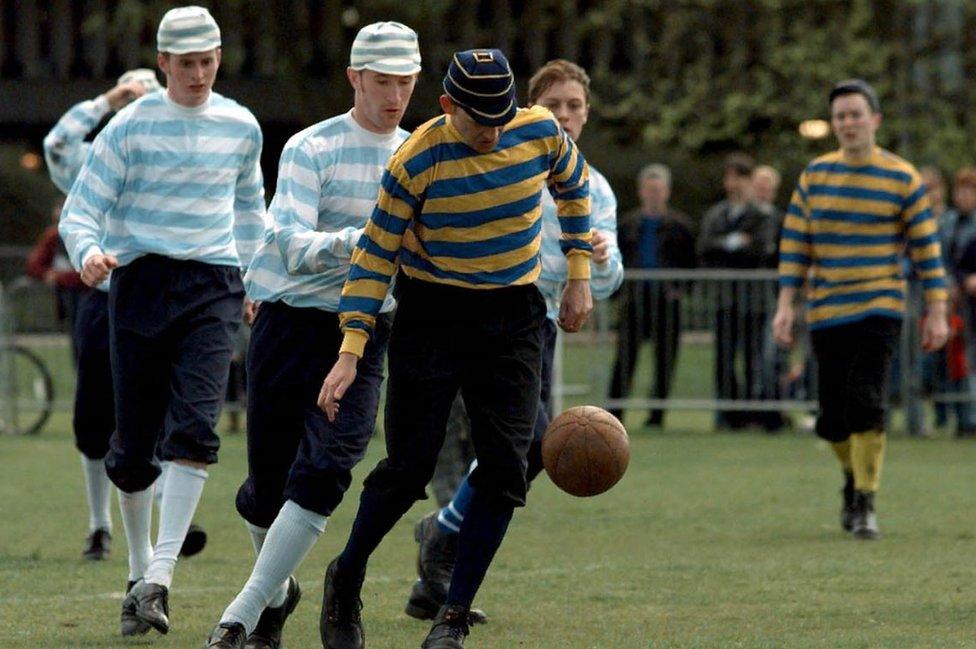
Cambridge University played a match in 2006 to celebrate the 150th anniversary of the club
The club now claims "unofficially" to be the "oldest club in the world still playing," the university said.
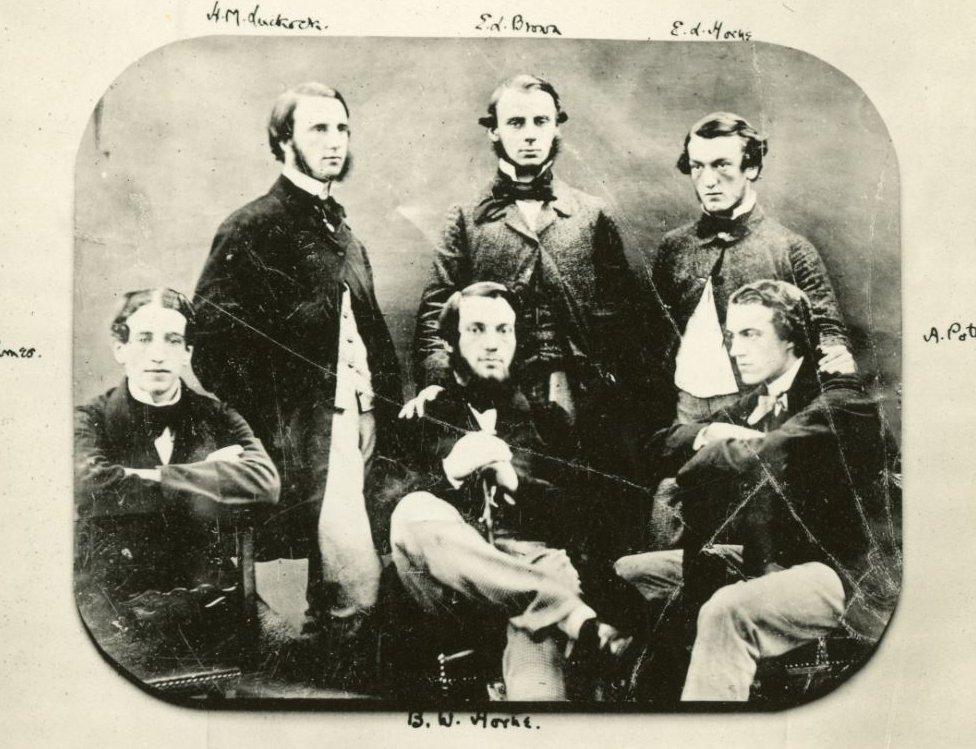
Some of the members responsible for drawing up the original Cambridge Rules, pictured in 1854
Although Sheffield FC, founded in 1857, is recognised as the oldest club by the Football Association, CUAFC was given a plaque in 2006 by the FA in honour of its 150th anniversary, "giving its foundation date official recognition".

Dr John Little, president of CUAFC with a plaque awarded by the FA to commemorate the club's 150th anniversary in 2006
The Cambridge club's place in the Hall of Fame was awarded by the museum itself, who said: "CUAFC is the oldest football club in the world. The Cambridge Laws were the main reference point for the laws of the FA which was founded in 1863."
- Published16 January 2013
